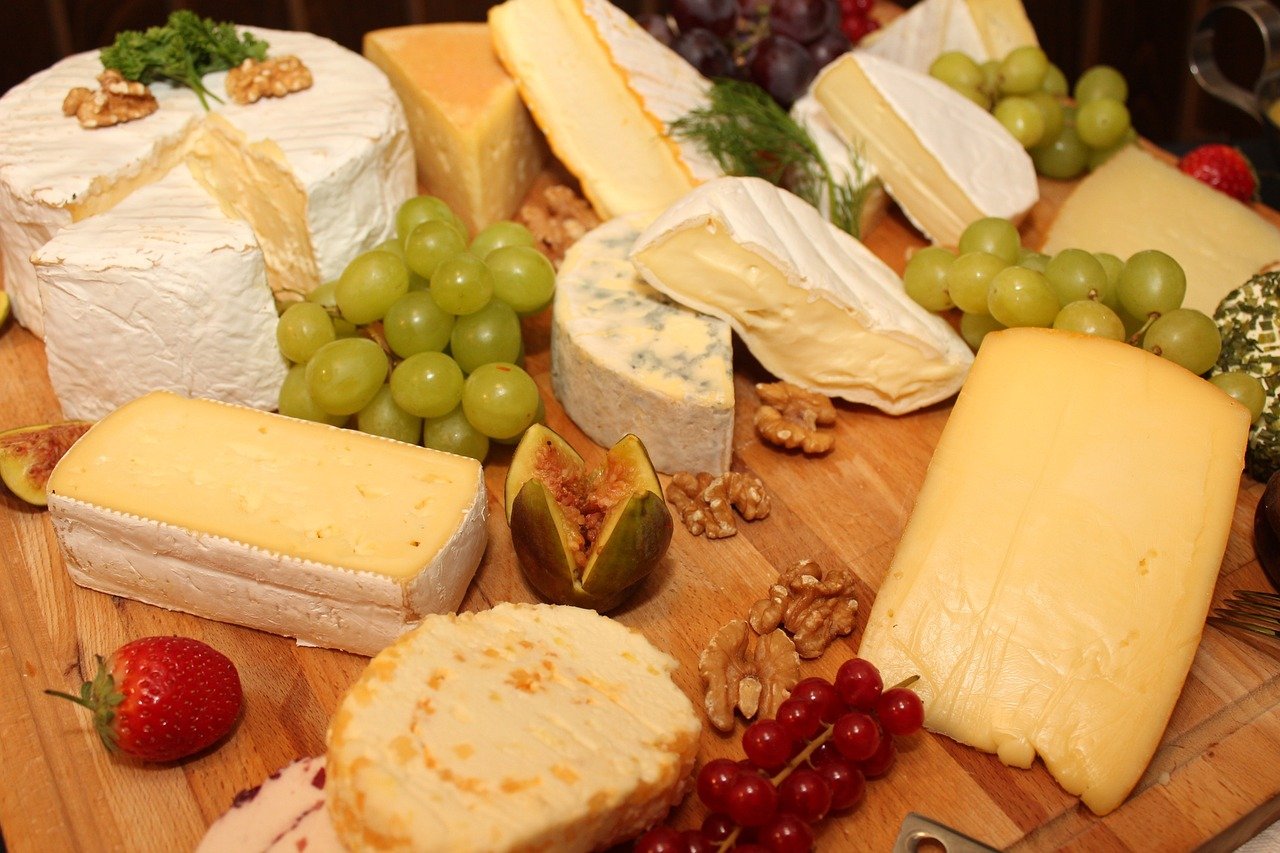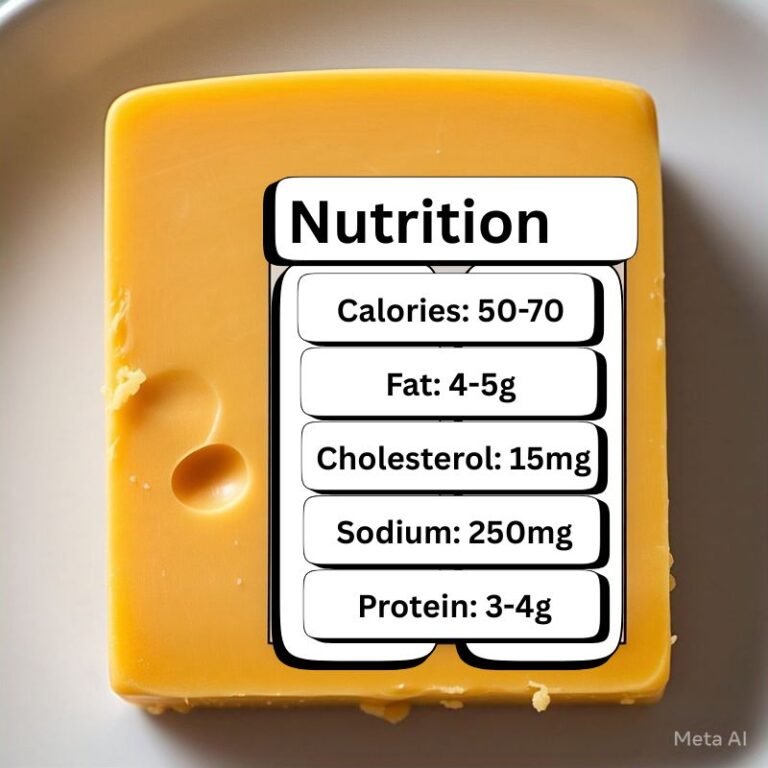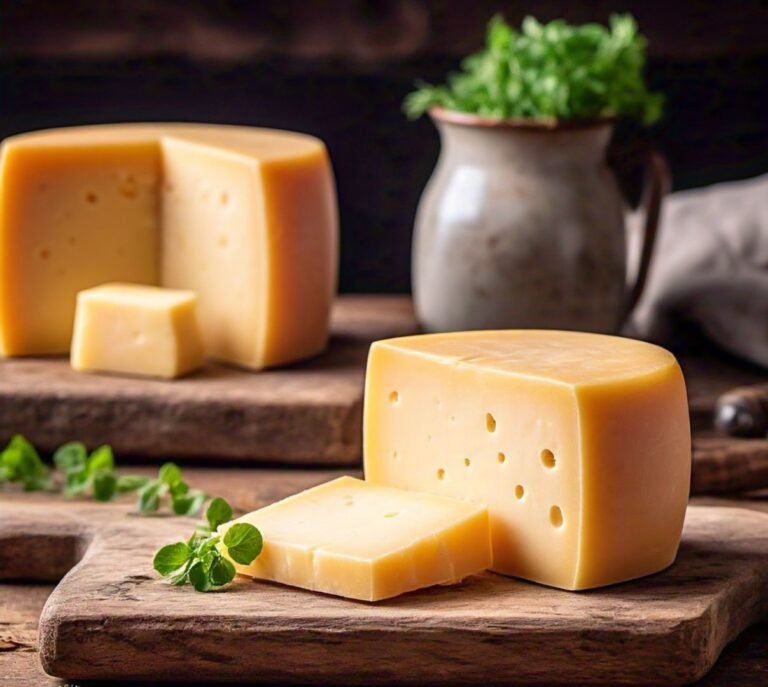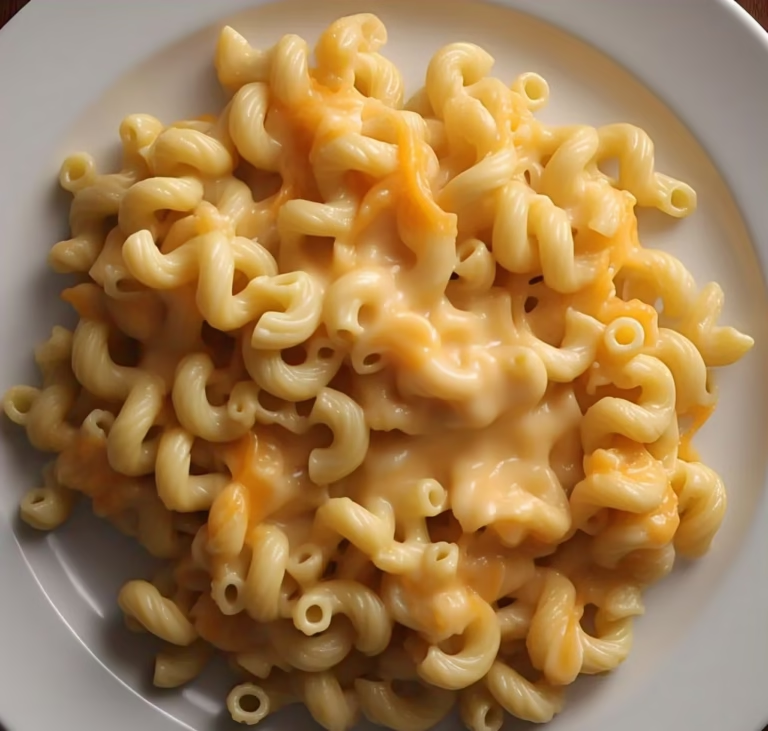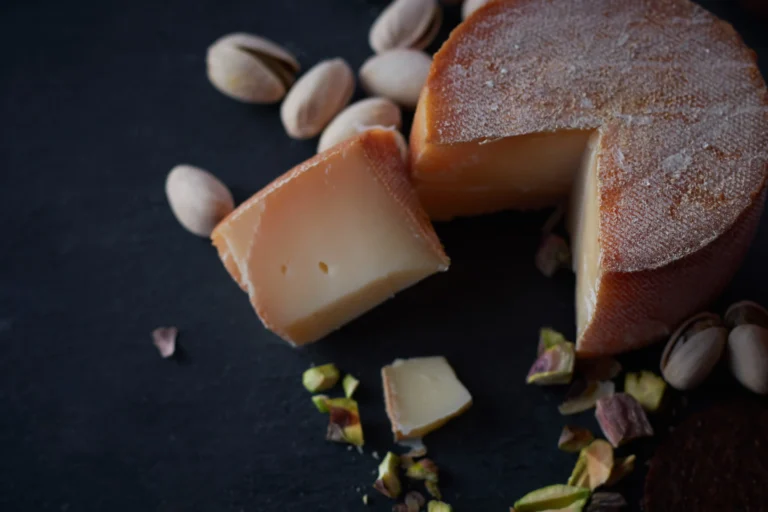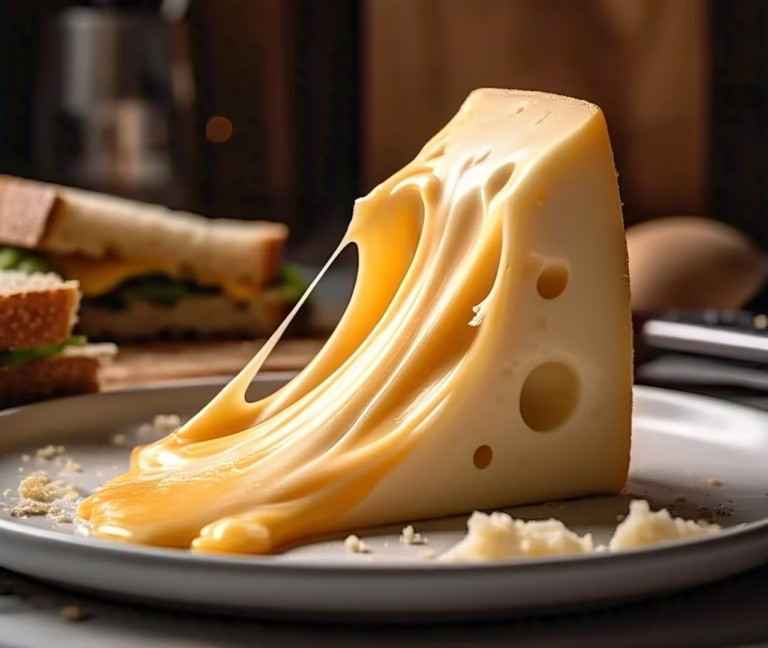American Cheese White and Yellow: Find Out Which One Suits Your Taste Better
American cheese White and yellow have subtle differences in flavor and appearance. Understanding these can help you choose the one that suits your taste better.
Choosing Between American Cheese White and Yellow :
American cheddar is a staple in numerous families, known for its rich surface and flexibility. In any case, with regards to picking either American cheese white and yellow r, inclinations can differ. While the two kinds offer comparable flavors and uses, the slight distinctions could make one more interesting to you than the other. This article will assist you with investigating these distinctions so you can figure out which one suits your taste better.
White versus Yellow American Cheddar: The Critical Contrasts
1. Variety and Appearance:
The most recognizable contrast among American Cheese White and Yellow is their variety. White American cheddar has a pale, rich appearance, which comes from its normal fixings without added colorings. Then again, yellow American cheddar gets its energetic tint from food colorings, frequently annatto or beta-carotene, added during handling.
Science Behind the Color:
Lets have a go through about science behind colour of American Cheese White and Yellow. While annatto is the most common coloring, some brands use paprika extract or turmeric. Interestingly, these natural colorants may add negligible flavor compounds – annatto can contribute a faint peppery note that some tasters detect in yellow cheese.

My personal opinion:
The variety doesn’t essentially affect the flavor however it can impact your visual experience. Yellow cheddar is frequently connected with a more liberal, rich taste, reasonable because of its more considered normal use in quick food varieties like cheeseburgers and nachos.
Conversely, white American cheddar is seen as being more regular or unadulterated, which could interest the people who favor negligibly handled food sources. If you are not tired yet then you must try Asian salad with the egg cheesy toast, kaya toast and Malaysian half boiled egg recipe.
2. Flavor Profile:
With regards to taste, both white and yellow American cheeses share a comparative gentle, rich flavor. In any case, certain individuals guarantee that white American cheddar has a somewhat more fragile flavor, while yellow American cheddar could have a smidgen of sharpness because of the colorings and added substances.
In the event that you favor a cheesier, more extravagant desire, you could incline towards yellow American cheddar. Nonetheless, in the event that you like a more unpretentious, smooth flavor, white American cheddar could be your go-to decision. The thing that matters is slight, and many individuals may not actually notice it except if they taste the two next to each other.
3. Surface and Liquefying Properties:
- American cheese white and yellow both are known for their fantastic softening properties, making them ideal for barbecued cheddar sandwiches, cheeseburgers, and sauces. The surface is generally reliable between the two, with a smooth, rich completion that improves different dishes.
- The handling technique for the two kinds is comparable, so the surface and it are for the most part something similar to liquefy capacity. Notwithstanding, certain individuals accept that yellow American cheddar has a marginally milder surface, which could make it liquefy quicker.
- This minor distinction probably won’t be observable in most cooking situations, yet it very well may be a thought in the event that you’re specific about how your cheddar dissolves.
4. Wholesome Substance:
Healthfully, there is little contrast among American cheese white and yellow. The two sorts regularly contain comparative measures of calories, fats, proteins, and sodium. The essential differentiation lies within the sight of food colorings in yellow American cheddar, which don’t add critical dietary benefit, however might be a component for those worried about food added substances.
For people with dietary limitations or inclinations for additional normal food sources, white American cheddar may be more engaging since it comes up short on fake shading. Be that as it may, the two cheeses are handled and ought to be consumed with some restraint as a component of a fair eating regimen.
5. Normal Purposes and Pairings:
- American cheese White and yellow can be utilized conversely in many recipes, yet they are frequently connected with various dishes because of their variety. Yellow American cheddar is an exemplary decision for burgers, nachos, and macaroni and cheddar.
- Its splendid variety adds visual allure for these solace food varieties, making them look considerably really mouth-watering.
- White American cheddar, then again, is in many cases utilized in shop sandwiches, paninis, and as a fixing for lighter dishes like turkey or chicken sandwiches. It’s likewise a number one in certain districts for making white queso plunges, which are famous in Tex-Mex cooking.
- While picking between the two, consider the dish you’re planning. In the event that you need a customary, consoling feel, yellow American cheddar may be the best approach. For a lighter, more refined dish, white American cheddar could be the better choice.
Melting Science Explained:
The superior melt comes from sodium citrate, an emulsifier added to American Cheese White and Yellow both types. However, the fat globules in yellow cheese may disperse slightly differently during melting due to interaction with the coloring agents, which is why some chefs notice subtle texture variations.
Nutritional Nuance:
While nutrition labels appear similar, some studies suggest the beta-carotene in yellow cheese may have antioxidant benefits. However, the amounts are so small you’d need to eat 25 slices to equal the beta-carotene in one baby carrot.
Chef’s Secret Tip:
Professional kitchen trick: For perfect grilled cheese, use 2 slices – yellow on the outside for visual appeal and white on the inside for creamier melt. The combination gives both ideal texture and presentation.
Storage Hack:
Keep American Cheese White and Yellow both in their original wrapper inside an airtight container with a paper towel to absorb moisture. This prevents sweating and extends freshness by 2-3 weeks compared to regular fridge storage.
Which One Suits Your Taste Better?
- The decision between American cheese white and yellow eventually boils down to individual inclination. If you favor a marginally more extravagant desire and the visual allure of a splendid, brilliant tone, yellow American cheddar may be your smartest choice.
- Be that as it may, assuming you favor a more unpretentious flavor and a characteristic appearance, white American cheddar could be the ideal decision for you.
- The two sorts of cheddar offer comparative flexibility, making them reasonable for a large number of dishes. Whether you’re making an exemplary barbecued cheddar, a good cheeseburger, or a smooth sauce, either type will finish the work well.
- The key is to examine and see which one adjusts more as you would prefer inclinations either American Cheese White and Yellow and the dishes you appreciate making.
Conclusion:
American cheese white and yellow, both are heavenly and flexible fixing that can upgrade many dishes. While the distinctions between the two are unpretentious, they can impact your general insight, from visual allure for flavor and surface. By understanding these distinctions, you can settle on an educated decision that suits your taste better.

